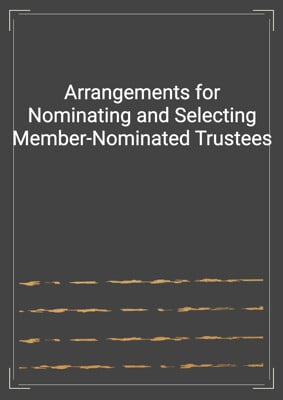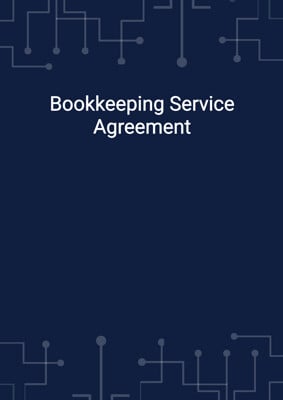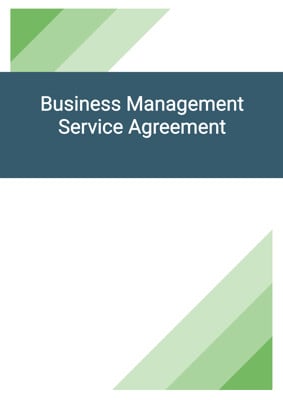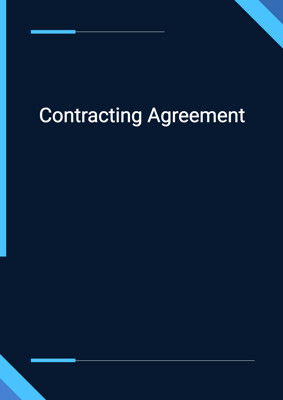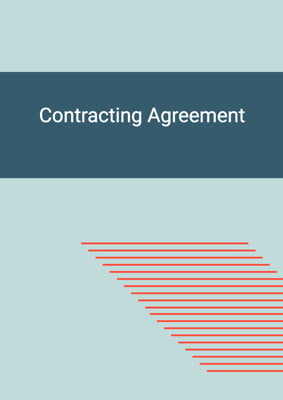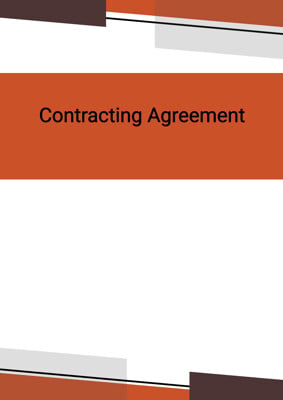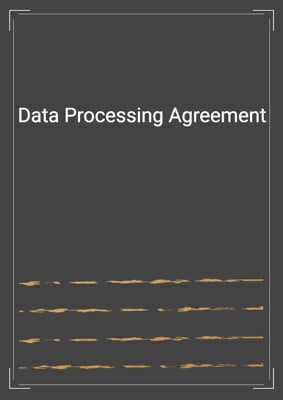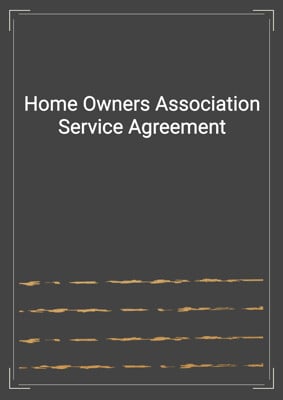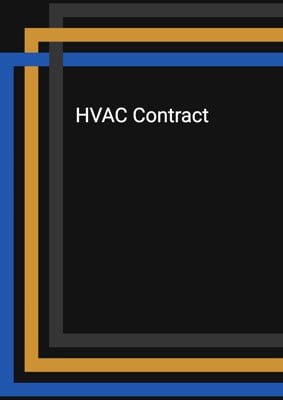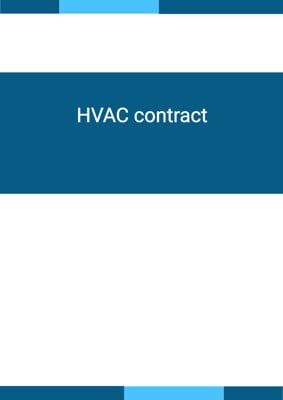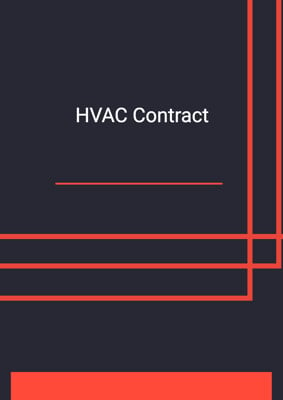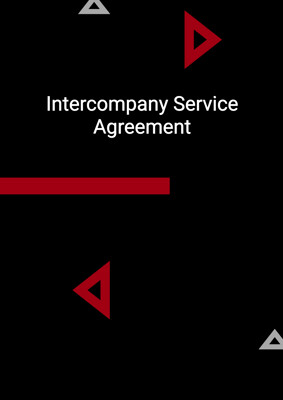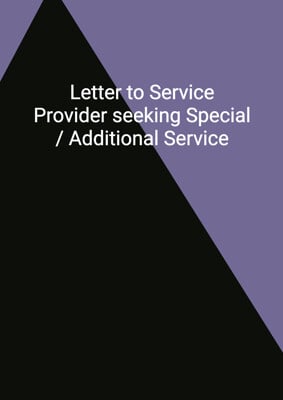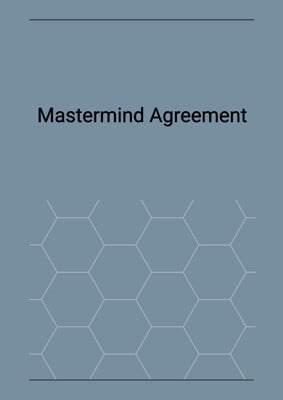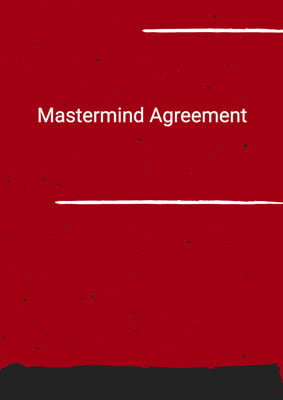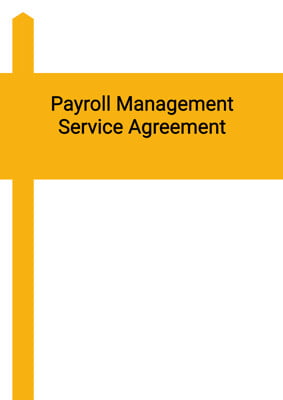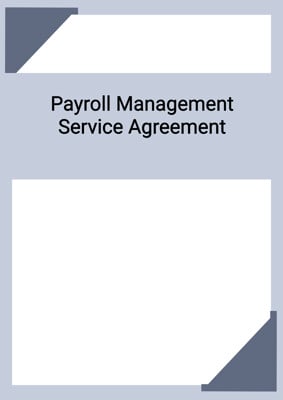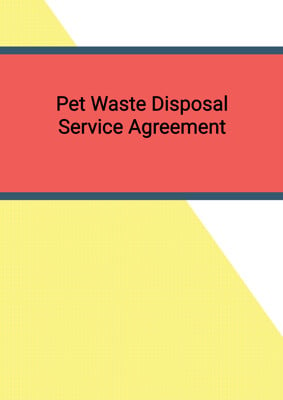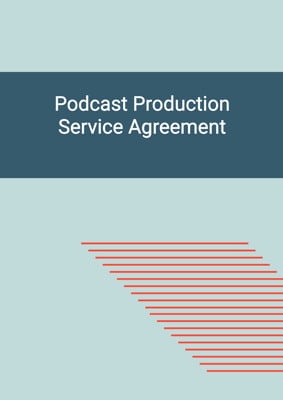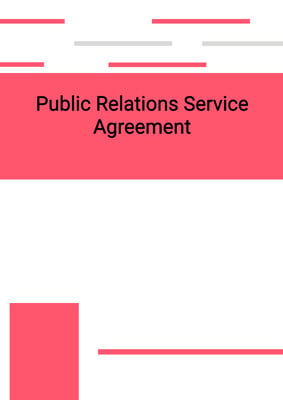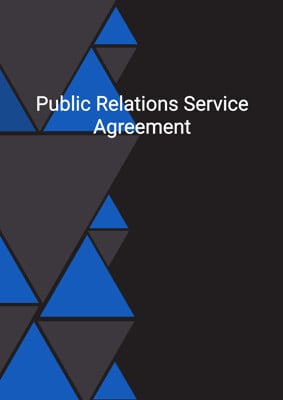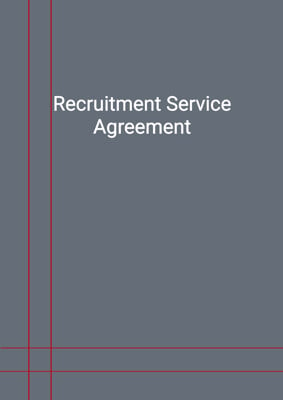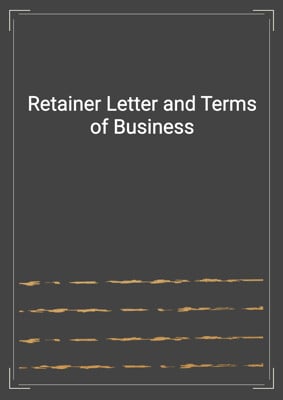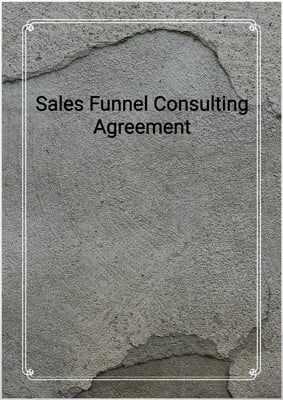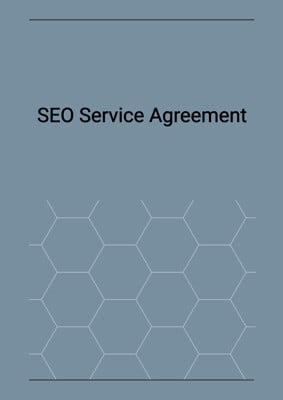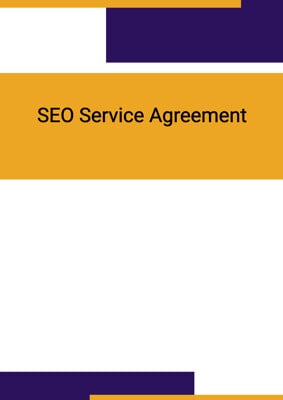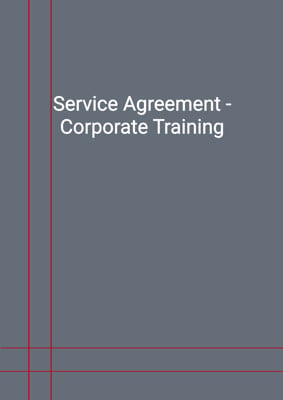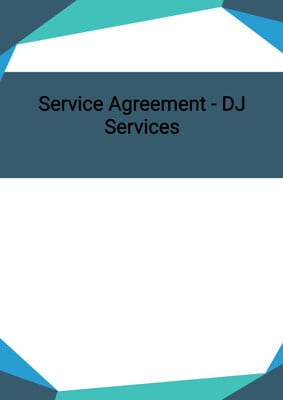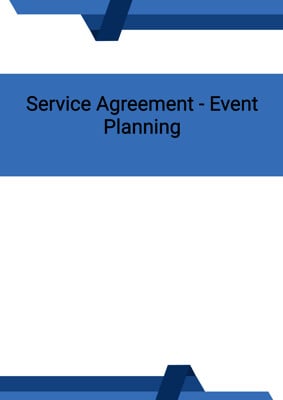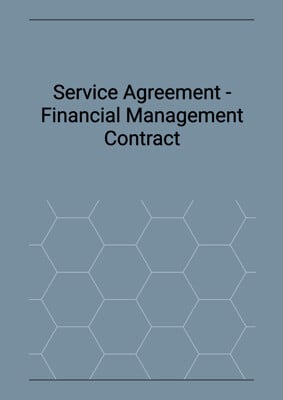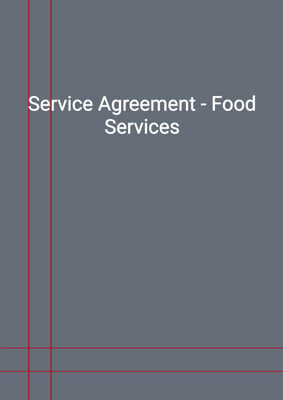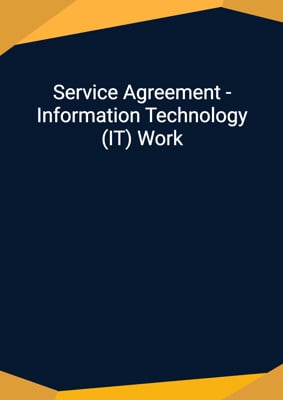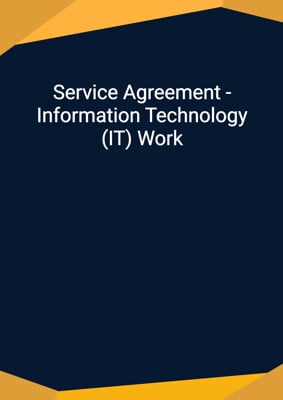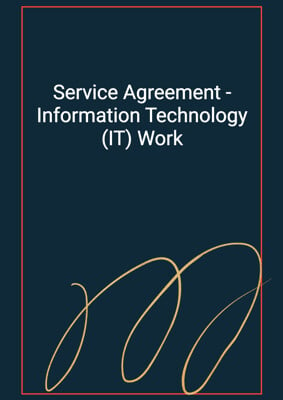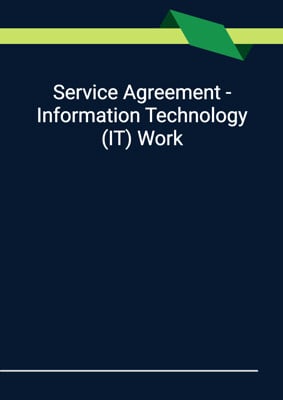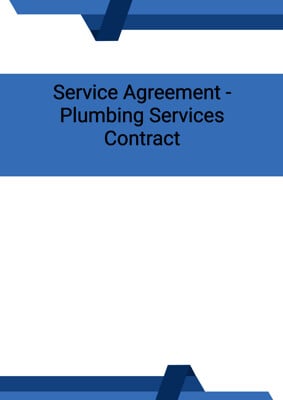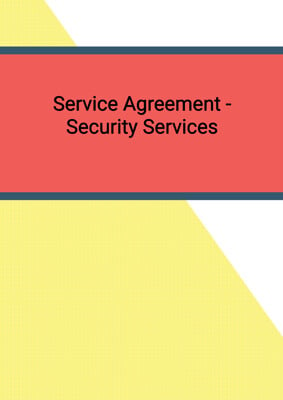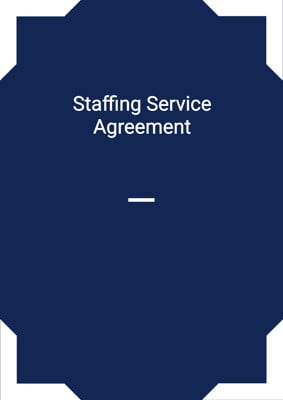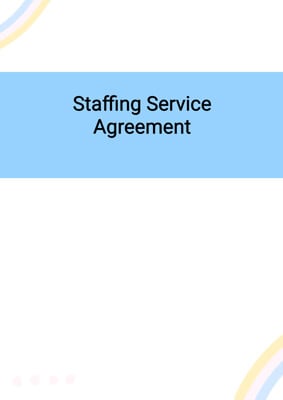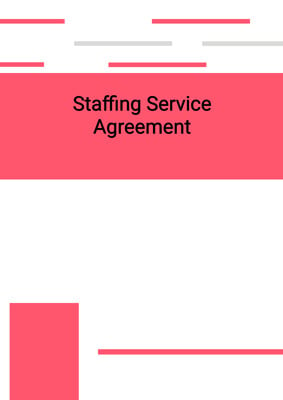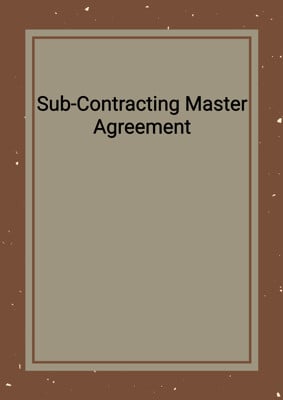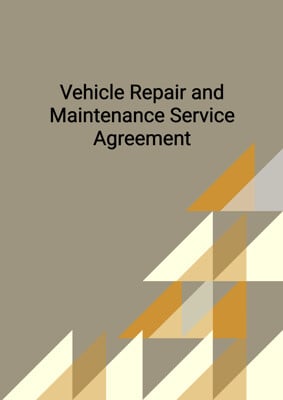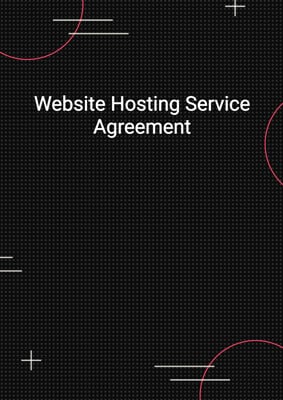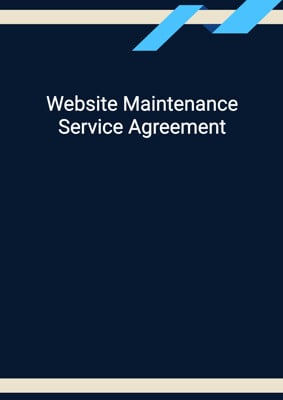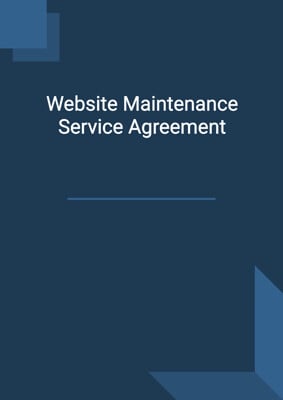How to Tailor the Document for Your Need?
01
Create Document
Fill in the details of the parties. You can click the "Fill with Member’s Information" button to complete it with information saved to your account.
02
Fill Information
Please fill in any additional information by following the step-by-step guide on the left hand side of the preview document and click the "Next" button.
03
Get Document
When you are done, click the "Get Document" button and you can download the document in Word or PDF format.
04
Review Document
Please get all parties to review the document carefully and make any final modifications to ensure that the details are correct before signing the document.
Document Preview
Document Description
The Intercompany Service Agreement is a document that outlines the terms and conditions between two parties, the provider and the customer, for the provision of services. This agreement is important as it establishes a legal framework for the relationship between the two parties and ensures that both parties are aware of their rights and obligations.
The entire document is divided into several sections, each addressing different aspects of the agreement. The first section is the interpretation section, which provides definitions for key terms used throughout the agreement. This section ensures that both parties have a clear understanding of the terminology used.
The second section of the document outlines the services to be provided by the provider. It specifies the nature of the services and any exclusivity or priority given to the customer. It also addresses the authority of the provider to act on behalf of the customer and the qualifications required for the personnel providing the services.
The third section of the document outlines the customer's obligations. It specifies the responsibilities of the customer, such as providing clear instructions to the provider and cooperating with the provider as reasonably requested. It also addresses the provision of information by the provider to the customer.
The fourth section of the document addresses the service fees. It specifies the payment terms and conditions, including the invoicing process and any additional fees for services not covered by the agreement. It also addresses the review of service fees on an annual basis.
The fifth section of the document addresses liability. It specifies the remedies available to the customer in case of breach of obligations by the provider and limits the liability of the provider for indirect or consequential losses. It also specifies the maximum liability of the provider for any one event or series of connected events.
The sixth section of the document addresses force majeure. It specifies the rights and obligations of both parties in case of events beyond their control that may affect the performance of the agreement.
The seventh section of the document addresses the duration and termination of the agreement. It specifies the duration of the agreement and the circumstances under which either party can terminate the agreement. It also addresses the consequences of termination.
The eighth section of the document addresses the nature of the agreement. It specifies the ability of the provider to perform its obligations through other companies or agents. It also addresses the assignment of rights and obligations and the exclusion of partnership or employment relationships.
The ninth section of the document addresses the rights of third parties. It specifies that only the parties to the agreement have rights under the agreement and no other person can enforce its terms.
The tenth section of the document addresses arbitration and the proper law governing the agreement. It specifies the process for resolving disputes and the applicable law.
The eleventh section of the document addresses notices and service. It specifies the requirements for giving notice under the agreement and the methods of service.
The twelfth section of the document addresses confidentiality. It specifies the obligations of both parties to keep confidential information confidential and the exceptions to this obligation.
The thirteenth section of the document addresses intellectual property. It specifies the ownership of intellectual property rights and grants a license to the customer to use the provider's intellectual property rights for the duration of the agreement.
The document also includes schedules that provide additional details, such as the specific services to be provided and the service fees.
In summary, the Intercompany Service Agreement is a comprehensive document that covers all aspects of the relationship between the provider and the customer. It ensures that both parties are aware of their rights and obligations and provides a legal framework for the provision of services.
How to use this document?
1. Enter the Contractor's and Customer's information in the agreement, including their principal place of business. This ensures that both parties are clearly identified.
2. Clearly specify the agreed price and completion date of the work to be carried out by the Contractor. This will ensure that both parties are aware of the expectations and deadlines.
3. Clearly describe the type(s) of services to be provided by the Contractor. This ensures that both parties are aware of the scope of work and can avoid any misunderstandings.
4. Both parties should agree on the length of warranty and time of payment after the completion of the work. This ensures that both parties are aware of the payment terms and the length of the warranty.
5. If the work is not completed by the completion date, specify the amount of damages per week that the Customer is entitled to. This ensures that both parties are aware of the consequences of non-completion.
6. Follow the interpretation section to understand the definitions of key terms used throughout the agreement.
7. Review the section on services to understand the nature of the services to be provided and any exclusivity or priority given to the customer.
8. Understand the authority of the provider to act on behalf of the customer and the qualifications required for the personnel providing the services.
9. Familiarize yourself with the customer's obligations, including providing clear instructions to the provider and cooperating as reasonably requested.
10. Be aware of the provider's obligation to provide information to the customer and the means of communication.
11. Understand the payment terms and conditions, including the invoicing process and any additional fees for services not covered by the agreement.
12. Be aware of the review of service fees on an annual basis, if applicable.
13. Understand the remedies available to the customer in case of breach of obligations by the provider and the limitations on the provider's liability.
14. Familiarize yourself with the provisions regarding force majeure and the rights and obligations of both parties in case of events beyond their control.
15. Be aware of the duration of the agreement and the circumstances under which either party can terminate the agreement.
16. Understand the consequences of termination and any further obligations.
17. Familiarize yourself with the nature of the agreement, including the ability of the provider to perform its obligations through other companies or agents.
18. Understand the provisions regarding the rights of third parties and the inability of third parties to enforce the agreement.
19. Be aware of the process for resolving disputes and the applicable law.
20. Understand the requirements for giving notice under the agreement and the methods of service.
21. Familiarize yourself with the obligations of both parties to keep confidential information confidential and the exceptions to this obligation.
22. Be aware of the ownership of intellectual property rights and the license granted to the customer to use the provider's intellectual property rights.
23. Refer to the schedules for additional details, such as the specific services to be provided and the service fees.
24. Seek legal advice if needed to ensure a thorough understanding of the agreement and its implications.
Not the right document?
Don’t worry, we have thousands of documents for you to choose from:


